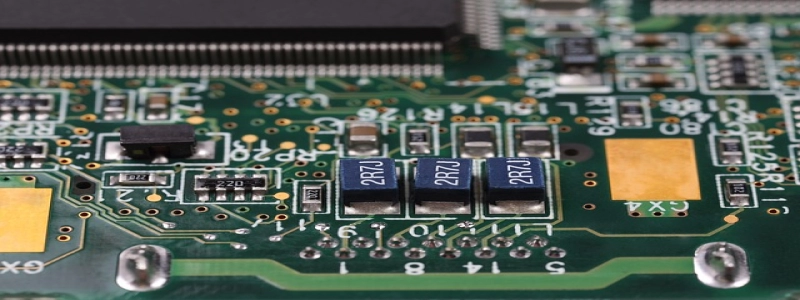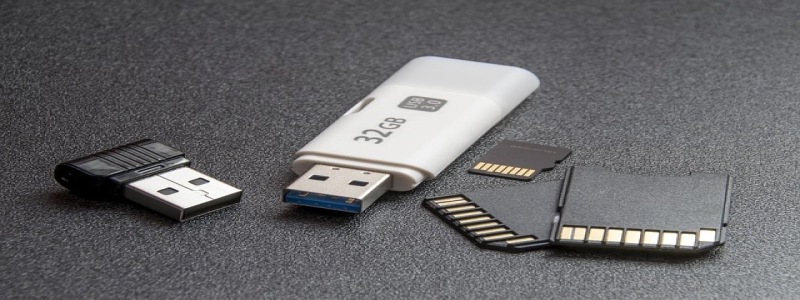Enhanced Data Rates for GSM Evolution (EDGE)
Introduction:
In this article, we will explore Enhanced Data Rates for GSM Evolution (EDGE), a technology that improves the data transfer rates and capacity of the Global System for Mobile communication (GSM) network. We will delve into the technical details of EDGE, its benefits, and its impact on mobile communication.
I. What is EDGE?
EDGE, also known as Enhanced GPRS (EGPRS), is a mobile communication standard that provides higher data transfer rates compared to its predecessor, General Packet Radio Service (GPRS). It was introduced as an upgrade to existing GSM networks, allowing for faster and more efficient data transmission.
II. How does EDGE work?
1. Modulation Scheme:
EDGE utilizes an improved modulation scheme called 8PSK (Eight Phase Shift Keying). This modulation technique allows for higher data rates by transmitting more bits per symbol compared to GPRS’s GMSK (Gaussian Minimum Shift Keying) modulation.
2. Data Compression:
EDGE employs advanced data compression algorithms, such as Incremental Redundancy, to minimize the size of data packets. This compression technique reduces the transmission time and increases the overall data throughput.
3. Link Adaptation:
EDGE also features dynamic link adaptation, which adjusts the transmission parameters based on the quality of the wireless channel. This adaptive mechanism ensures optimized data transmission, even in challenging radio conditions.
III. Benefits of EDGE:
1. Increased Data Rates:
One of the key advantages of EDGE is its ability to provide faster data transfer speeds compared to GPRS. With theoretical peak rates of up to 384 kbps, EDGE enables a more seamless user experience for data-intensive applications such as video streaming, file downloads, and web browsing.
2. Enhanced Capacity:
By utilizing the available spectrum more efficiently, EDGE enhances the capacity of the GSM network. This means that more users can simultaneously access data services without experiencing significant degradation in network performance.
3. Interoperability:
EDGE is backward compatible with existing GSM and GPRS networks, allowing for a smooth transition from older technologies. This ensures that users with legacy devices can still use basic voice and text services while enjoying improved data capabilities.
IV. Impact on Mobile Communication:
1. Mobile Internet:
EDGE significantly contributes to the growth of mobile internet usage by providing faster and more reliable connectivity. This has led to the widespread adoption of smartphones and the emergence of various data-centric applications and services.
2. Business Applications:
The improved data rates of EDGE have opened up new opportunities for businesses to deploy mobile-centric applications. Field workers can now access real-time data, collaborate remotely, and streamline operations using mobile devices.
3. Global Accessibility:
EDGE’s compatibility with existing GSM networks has made high-speed data services accessible to a wider audience globally. Developing countries, in particular, have benefited from the cost-effective upgrade to EDGE, allowing them to bridge the digital divide.
Conclusion:
Enhanced Data Rates for GSM Evolution (EDGE) has revolutionized mobile communication by providing higher data transfer rates and increased network capacity. Its advanced modulation scheme, data compression techniques, and dynamic link adaptation ensure faster and more efficient data transmission. With its numerous benefits and global compatibility, EDGE has become a key enabler of mobile internet usage and business applications, bringing connectivity and digital opportunities to millions worldwide.








